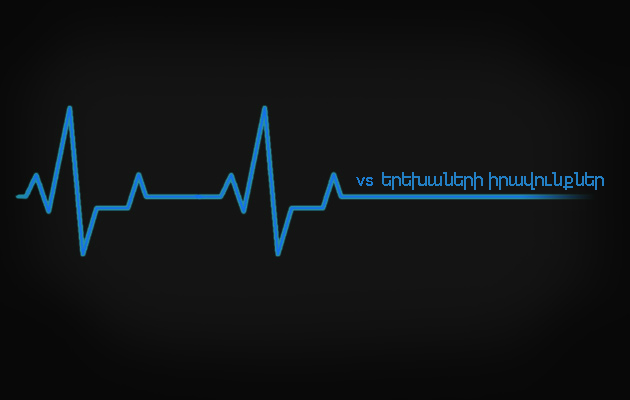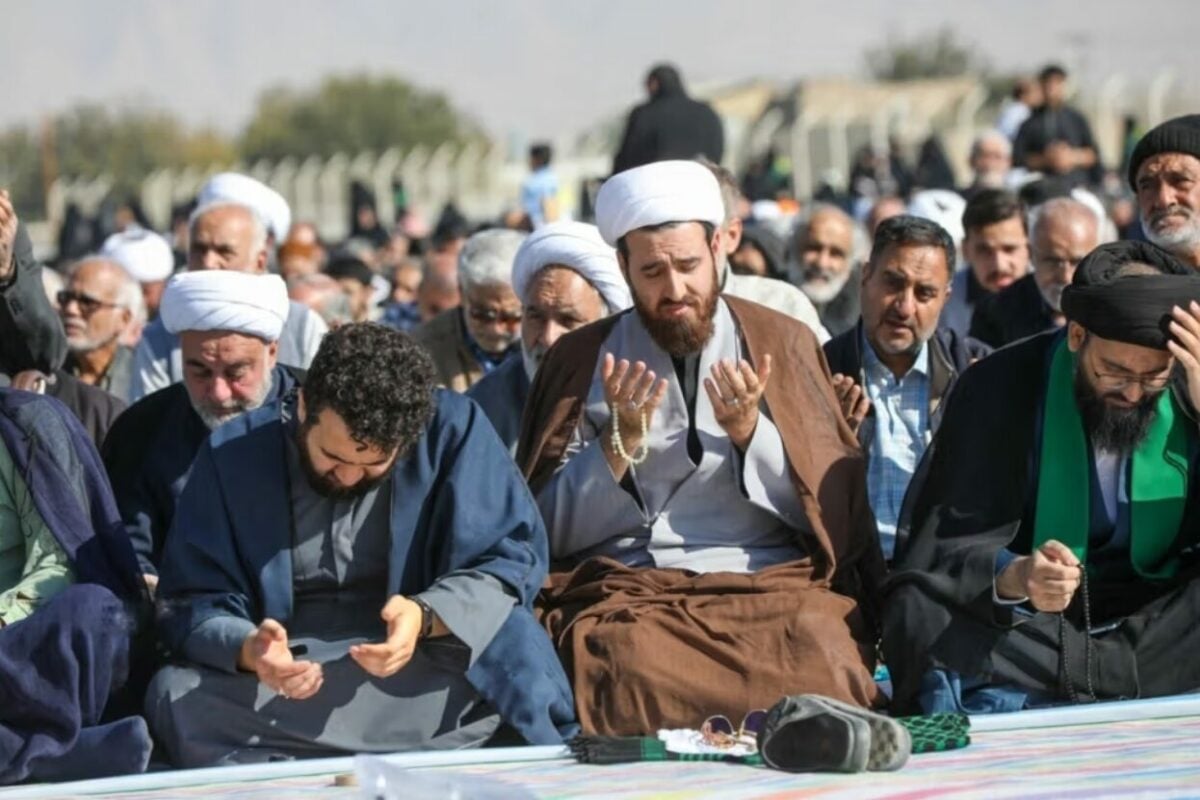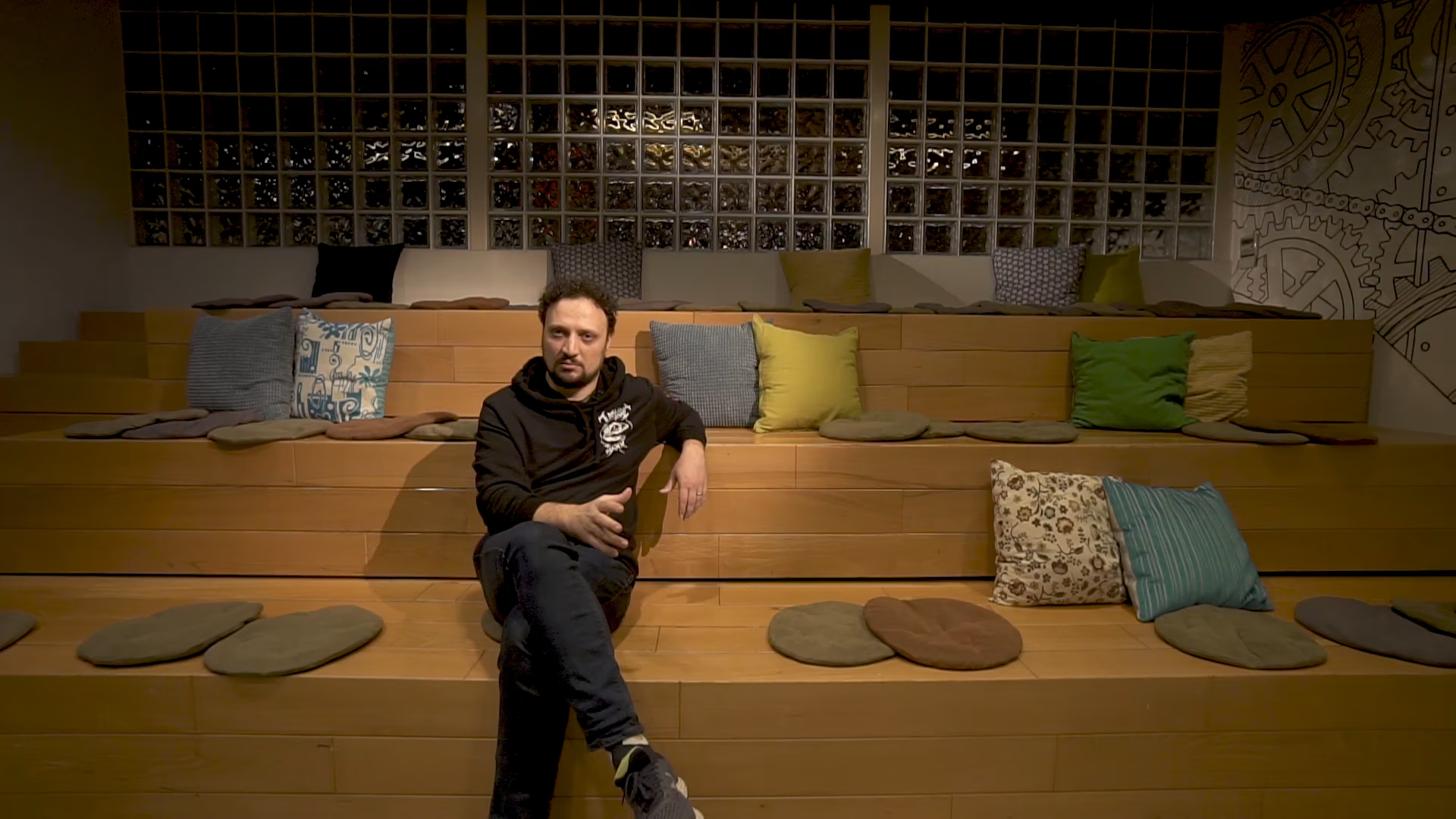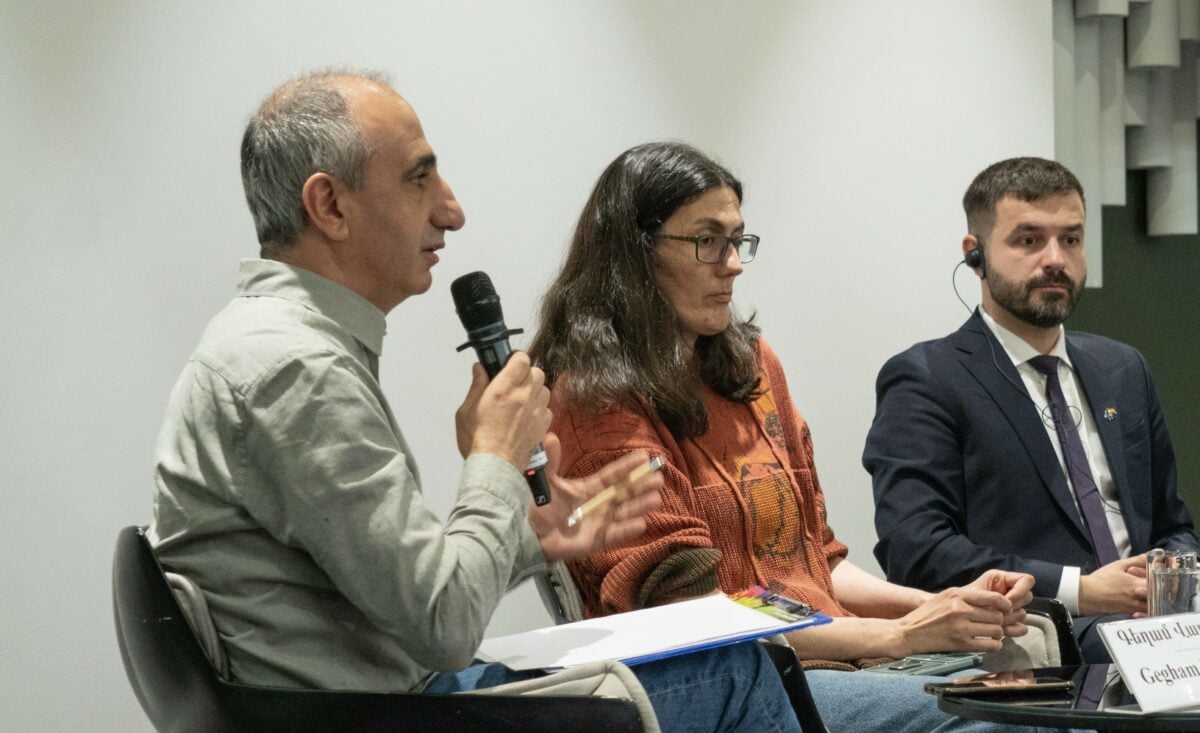Different philosophers, great and small, knew and taught that the meaning of human existence is revealed when a person understands that they are not eternal. That there is death. Since if there is death, then there is also life. Just like that, not the opposite.
Getting information about death, that is, the irreversible termination of life, children begin to arrange their thoughts and inner intentions completely differently. They become philosophers (the best scenario) or feel deceived (in this case, you must gently help them).
Death is a very sensitive existential issue. If it falls on a child’s head at the wrong time, it might break and shatter their thoughts and emotions.
Of course, children come in contact with the idea of death one way or another, since the media, news outlets, film, animation, and electronic games are full of images of dead and dying people and bloody scenes. The basis of many of these games is to kill and destroy. But it’s all very abstract, and if properly sized and explained, the child accepts the conditionality of the death on screen.
But when children are brought and made to stand next to the [open] coffin of the deceased, so that the funeral becomes more impressive and gets more prominent attention in the media, that already is a crime.
For two days, Armenian media have been trying to understand how and why during Armenian People’s Artist Ofelya Hambardzumyan’s funeral, there were 6–14 year-old children in the front row, all of whom wore the same clothes and bore symbolic Armenian Genocide ribbons, and all looking at the legendary singer lying in the coffin with confused looks on their faces.
It’s obvious that they were brought, in rows and with coercion, and as participants of a ritual game, made to stand in the front row. In front of the children is death; behind them, life. And no one can say what will happen after, in the following minutes, that same evening, when the children sit with their family members at dinner. Or, a few years later, when the impressions of the rite of death translate into actions.
This incident might have gone unnoticed, if it weren’t for the various media reports and plentiful discussions unfolding on social media. It was the media itself that drew the public’s attention (especially the children’s parents) to the incident and stimulated the discourse.
School teachers, as a rule, see nothing wrong with turning children into the toys or the background of various events, and parents don’t interfere much in the work of the school. Maybe they trust the school as a system, thinking whatever is done at school is correct.
But the media saw something alarming and triggered a wave of questions.
For example, it stated that anger arose [AM] and sent a query to the RA Ministry of Culture, receiving an answer [AM] that bringing the children near the deceased’s coffin was the music school principal’s decision. Then, as a result of various media reports, the Office of the Human Rights Defender responded [AM], deeming this fact concerning, saying, “We consider compelling children to such psychological experiences unacceptable.”
The subject of death is often raised in school textbooks and no one knows what consequences it leads to. No parent can be sure that textbooks have been filtered through professional discussions. For example, who has ascertained how to talk about death with a 6–7 year-old child? And moreover, to show death.
Generally death and love are concepts that are very risky to introduce institutionally in childhood. Both concepts are connected to emotions and tremors, and have to do with subconscious surfaces that have the habit of deviating and not falling into place.
Teachers, those developing curriculums, and textbook authors also have to be little philosophers, and not just be considered event organizers and people who use children in their events.
In any case, this incident showed that the media is more vigilant and trained than state institutions, to whom children’s mental and physical health is entrusted.
Nune Hakhverdyan







